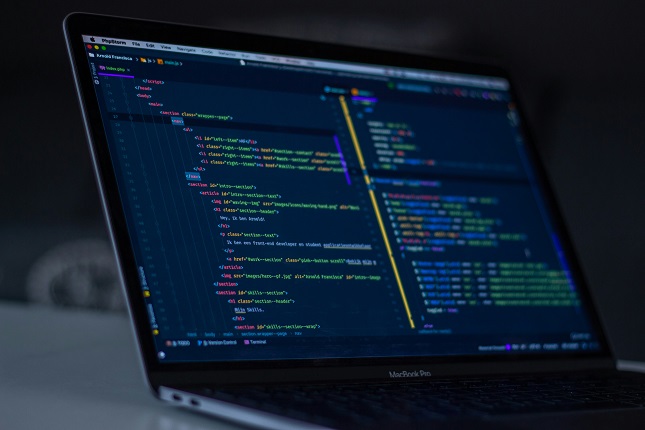Minimum Viable Product (MVP) demos, which are presentations of fully functional but minimal versions of products, can be immensely useful for gathering real user feedback and validating the core idea of the given product.
Understandably, though, you may be anxious to find ways of creating MVPs faster. Doing so would enable you to reduce wasted development time and money, in addition to attracting early adopters and gathering essential feedback for future iterations.
Yes, There Are Non-Coding Ways of Creating Dependable Blinks and Beeps
Let’s imagine that for the latest MVP demo you are putting together, you would like to create reliable blinks (visual signals like flashes) or beeps (audible signals) without the need to code (meaning such a high level of technical expertise won’t be required, either).
The great news is that there are various practical approaches that can be taken to implement beeps and blinks for rapid prototyping. We have laid out some of the possibilities below.
To clarify, we are interpreting “blinks” and “beeps” in this article as user interface feedback mechanisms (visual/auditory) or hardware-based signals, as are frequently used in demos to showcase functionality.
No-Code Tools for Software-Based Beeps and Blinks
If you are looking to create web or mobile app MVPs, you may be interested in the various no-code platforms that enable the creation of apps or demos with visual and auditory feedback.
As the term “no-code” suggests, these platforms are tools that do not require the writing of any code; instead, they are based on the use of drag-and-drop interfaces and prebuilt components.
So, how exactly could this manifest for you? Well, it could involve using the Webflow visual website builder to create responsive web interfaces with animations for “blinks”, such as flashing buttons or user interface (UI) elements.
As for if it is beeps you are looking to create as auditory feedback for web and mobile apps, you could turn to Bubble. This AI-powered app builder can integrate audio playback for beeps, using embedded sound files or API-driven audio triggers.
Hardware-Based Beeps and Blinks – Again, With No Coding
Alternatively, you might be interested in putting together an Internet of Things (IoT) or hardware MVP taking the form of a physical prototype. If so, no-code hardware platforms are available that don’t require programming for the creation of reliable blinks (LEDs) or beeps (buzzers).
For instance, you may be tempted to explore the use of the Node-RED visual programming tool with Raspberry Pi. You could use this tool to control GPIO pins for LEDs without coding – manifesting in the creation of a sequence that toggles an LED pin on and off for blinking.
The combination of Raspberry Pi and Node-RED also raises the possibility of connecting a buzzer to a GPIO pin, before triggering beeps via on/off signals.
Beeps And Blinks with A 555 Timer and Calculator
First marketed in 1972, the 555 timer IC (integrated circuit) is a popular, versatile, and affordable electronic component that can be used to generate precise time delays, pulses, and oscillations. It sees widespread use for such applications as LED flashers, alarms, and signal injectors.
This brings us onto the subject of a 555 timer calculator: pulse & frequency calculations can be performed quickly and easily with this tool, as you can find on the website of the electrical component supplier, RS. You can use such a calculator in relation to either monostable mode (for a single pulse) or astable mode (for continuous pulses).
The combination of a 555 timer and the associated calculator is highly relevant to the creation of reliable blinks and beeps in MVP demos, particularly for hardware-based prototypes.
For example, when it comes to the creation of blinks (LEDs), the 555 timer in astable mode can generate a square wave to drive an LED, thereby creating a blinking effect. The calculator can be used to determine the resistor and capacitor values required for a particular blink frequency.
As for monostable use, if you are looking to create a single beep or flash triggered by a user action such as a button press, the calculator can provide the pulse duration for precise timing (for example, a 500-millisecond beep for a notification).
With the 555 timer operating purely on hardware (resistors, capacitors, and the IC), it eliminates the need for programming microcontrollers like the Arduino.
Reliable Beeps and Blinks Can Soon Be a Reality in Your MVP Demos
Through the use of hardware and/or software-based solutions like those set out above, you can help ensure the more rapid delivery of MVP demos that satisfy the needs of your particular use case – all without a need for coding.









































